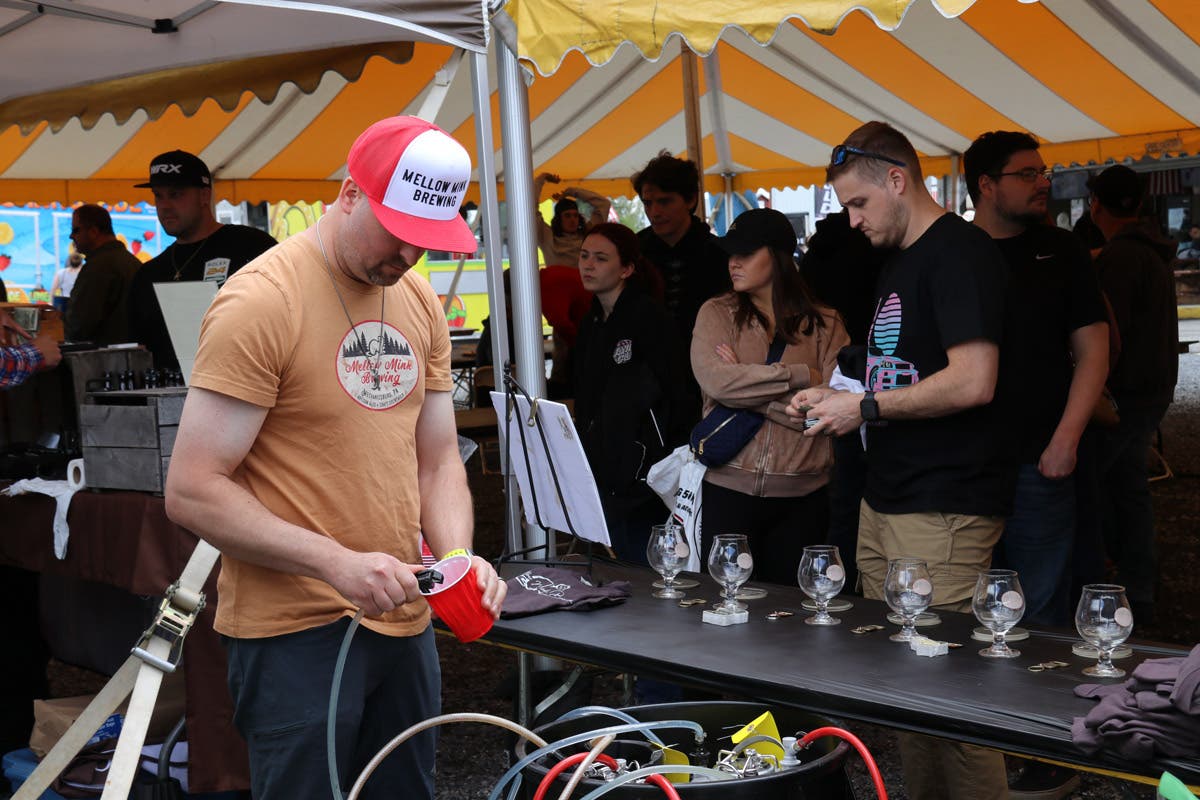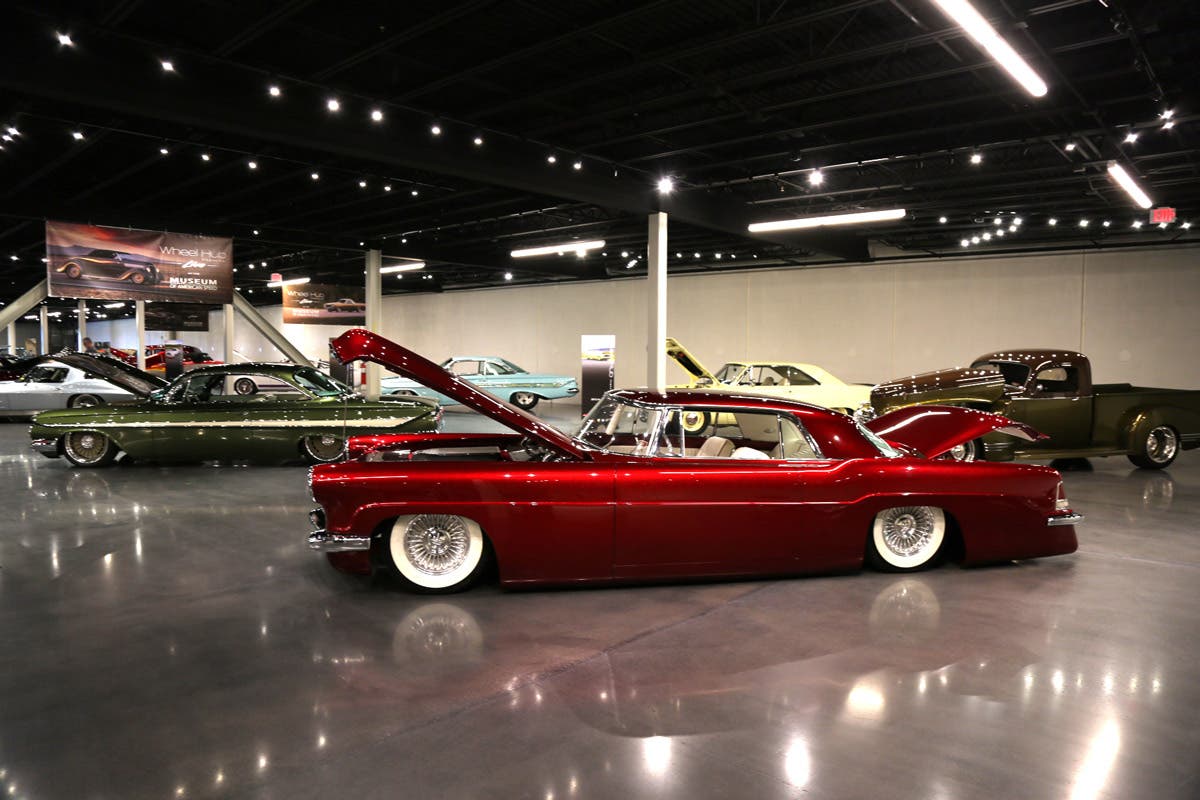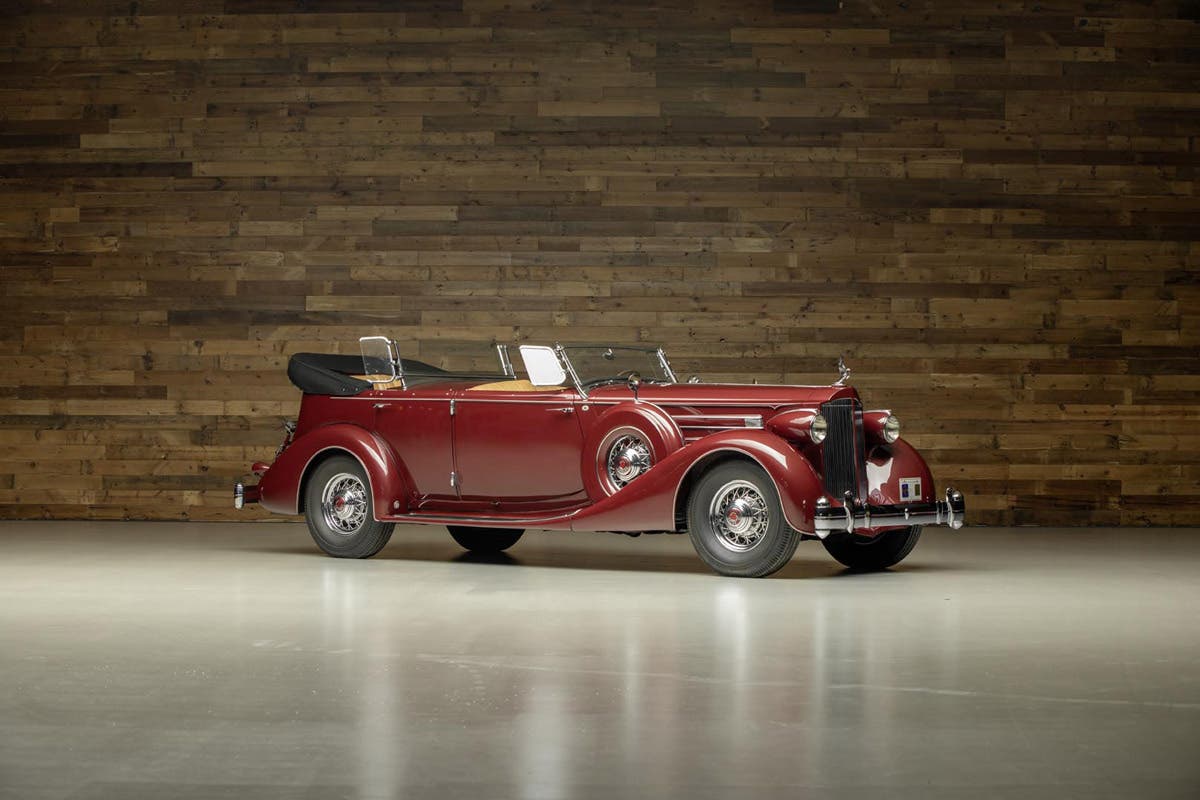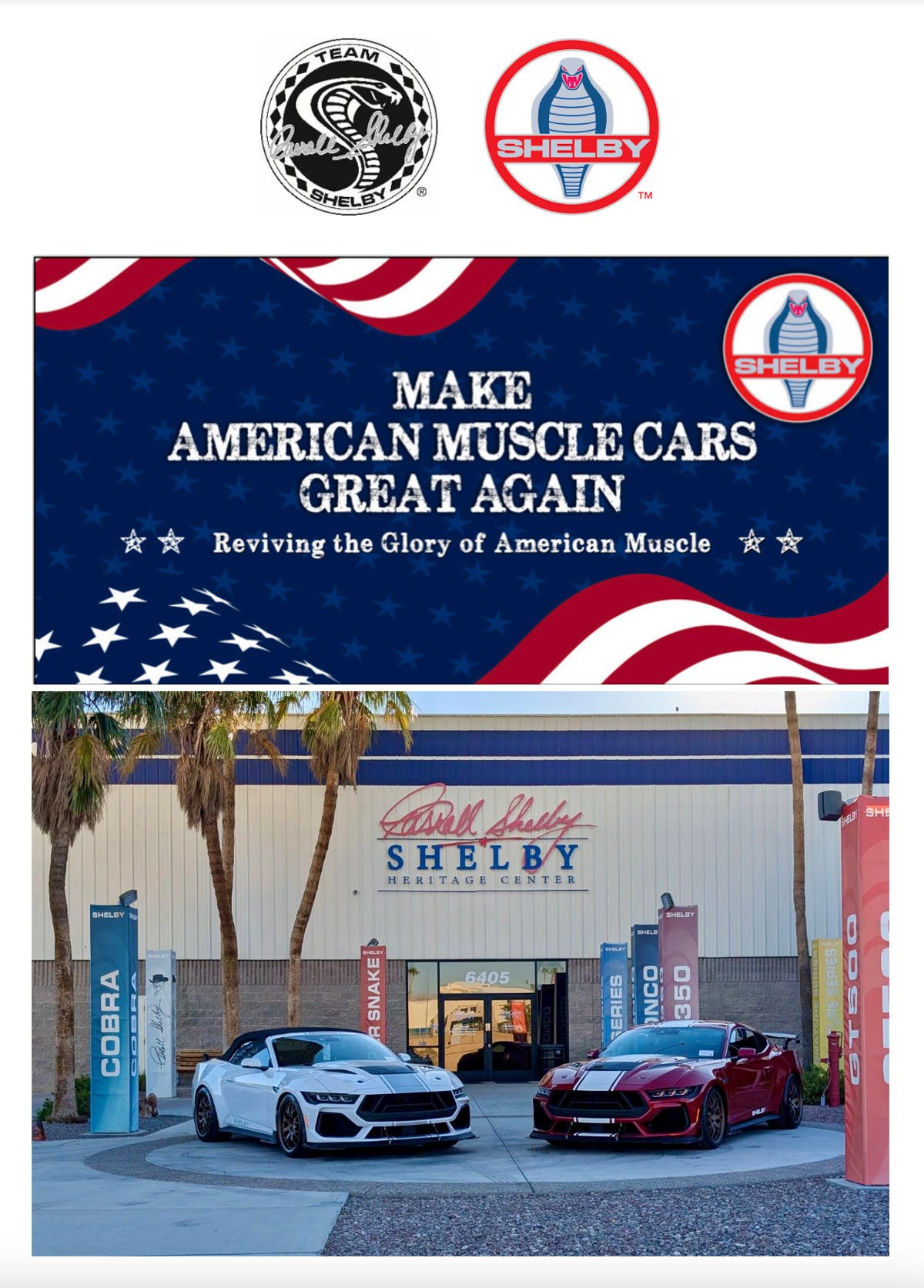AACA welcomes the Class of 2000 to its ranks
It’s official! The AACA recognizes the Class of 2000 which has crossed the 25-year-old threshold because the New Millenium is already the now Millenium.
Hershey, PA – The Antique Automobile Club of America (AACA)…America’s Premier Resource for the Collectible Vehicle Community…defines an “antique” as any 25-year-old-or-older self-propelled vehicle that is intended for passenger use. The non-profit organization is dedicated to the history, maintenance, restoration, judging and enjoyment of any and all such automobiles in the inclusive spirit of sportsmanship and good fellowship.
AACA therefore recognizes the Class of 2000 which has crossed the 25-year-old threshold because the New Millenium is already the now Millenium. In addition, a whole host of recently imported Japanese Domestic Market (JDM) models are included as well, as long as they remain original and unmodified.
Here is a sampling of some recognized examples that now enjoy antique automobile status and are welcomed on AACA show fields and tours across America and around the world:
2000 BMW X5
The X5 was BMW’s first sport utility that they preferred to market as a “Sport Activity Vehicle.” Unlike the body-on-frame Mercedes-Benz M-Class that preceded it, the BMW relied on uni-body construction to help maintain its stature as an “Ultimate Driving Machine.” The X5 was initially targeted for the U.S. market, as was the Mercedes. Having just acquired Land Rover at the time, the BMW included various Rover-inspired off-road control systems… “For Any road. Any time. Any reason.”
2000 BMW Z8
Beyond the X5, there was further celebration within the halls of the Bavarian brand with the arrival of the BMW Z8, which was a modern reincarnation of the memorable 507 reimagined from the 1950s to the then-new Millenium. It was powered by a 395-hp. V8 engine in an aluminum chassis, and it was likewise clothed in alloy. Built as a convertible, a color-matched aluminum hardtop was standard. Pricing started at $128,000 and production ran through 2003, with 5,703 made. The Z8 was recognized as an “appreciating classic” from the get-go, and still is.
2000 Ford Excursion
Ford had finally had enough of sitting on the sidelines watching Chevrolet and GMC gobble up the full-size SUV segment with the Suburban. The Excursion was derived from the F-250 Super Duty and of course, it just had to be bigger than its GM competitor. Which it was. V8, V10 and eight-cylinder Diesel engine choices were available. The brawny bruiser would ultimately be superseded by a tamer, extended length Expedition after a five-year, single generation run. The good news is that you can haul your car trailer with an Excursion, and now put that on the show field, as well.
2000 Honda Insight
The Honda Insight slipped in ahead of the Toyota Prius as America’s first modern hybrid. But instead of relying on a redundant gasoline engine and electric powertrain, it included a motor between the 1.0-liter, three-cylinder engine and transmission which provided additional energy (boost) on demand like a turbocharger. The Insight was optimized extensively for utmost fuel economy, exotically engineered and built alongside the NSX supercar. It was only available as an aerodynamic coupe, sans door pockets to save weight, and even gasoline robbing air-conditioning was a hard-to-source option.
2000 Lincoln LS
Billed as a true driver’s car, the mid-size, rear wheel drive Lincoln LS was an American attempt to build a BMW and proved to be the company’s first sport sedan. It was targeted toward 30-to-50-year-olds and was even available with a manual transmission. V6 and V8 engines were specified, and the Jaguar S-Type used the same platform underneath. The Lincoln LS was named Motor Trend Car of the Year in 2000. Some 245,000 were manufactured through 2006.
2000 Morgan Aero 8
Old-school English sports car maker Morgan shifted gears with the arrival of the new Millenium with the introduction of its Aero 8. It was the legendary Malvern Link company’s first new entry since the 1964 Plus 4 Plus, with a nod toward aerodynamic efficiency. So much so that the VW-Beetle sourced headlamps appeared cross-eyed, which were later changed to MINI. A BMW-sourced V8 engine was featured, along with a first-ever Morgan aluminum chassis…which still retained some traditional ash-framed elements.
2000 Nissan Xterra
Intended as “A Toolbox For Your Life,” the Xterra was a Nissan Frontier truck-based sport utility that was developed at the company’s La Jolla, California, Design Center. The compact SUV was intended to be affordable and rugged, “designed to look better dirty than clean.” Unlike some of its competitors, the Xterra never tried to hide its rough and tumble truck underpinnings. It was successful enough to last through various iterations until 2015 and achieved both Motor Trend Sport Utility of the Year and North American Truck of the Year honors in 2000.
2000 Qvale Mangusta
Kjell Qvale was a San Francisco-based automobile importer that sold everything from Austin to Volkswagen and on up to Jaguar, Porsche and Rolls-Royce. Ultimately, he assumed an ownership stake in Jensen, and the Jensen-Healey soon followed. As a result of his acquaintance with De Tomaso, he went on to reconfigure their Bigua concept car and turned it into the Qvale Mangusta. It was a Marcello Gandini-designed, two-seater RTM plastic-paneled sports car that utilized Ford V8 mechanicals with rear-wheel drive. It debuted at the Los Angeles Auto Show on January 6, 2000.
2000 Rolls-Royce Corniche V
The 2000 Corniche V was the second new Rolls-Royce to carry the prestigious moniker after four previous, reengineered Silver Shadow derivatives. The two-door, four-passenger convertible was styled like a Rolls-Royce Silver Seraph sedan, though it was built off the Bentley Azure. In fact, it’s the only Rolls on a Bentley platform. Usually, it was the other way around. The Corniche V was the last Rolls-Royce to be produced in the historic Crewe, England, factory.
2000 Saturn L-Series
In an attempt to broaden its market reach, Saturn supplemented its introductory compact S range with the bigger, mid-size L-Series in 2000. It was available as either a sedan or station wagon and shared its platform with the Opel Vectra and Saab 9-3/5 with either an inline four-cylinder or V6 engine. The company said that it provided everyday elegance, for everyone and for growing families, like yours. As a “Different Kind of Car. From a Different Kind of Car Company.”
The AACA, a 501©(3) nonprofit corporation, has served as the country’s premier resource for the collectible vehicle community since its formation in 1935. Through its national office, publications, online forums, Library and membership, the Club has assisted countless individuals, historians and collectors, along with other libraries, car clubs and museums, in the quest to preserve and enjoy the antique automobile experience. www.aaca.org
If you like stories like these and other classic car features, check out Old Cars magazine. CLICK HERE to subscribe.
Want a taste of Old Cars magazine first? Sign up for our weekly e-newsletter and get a FREE complimentary digital issue download of our print magazine.








